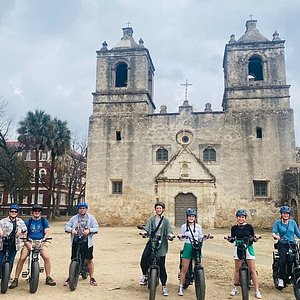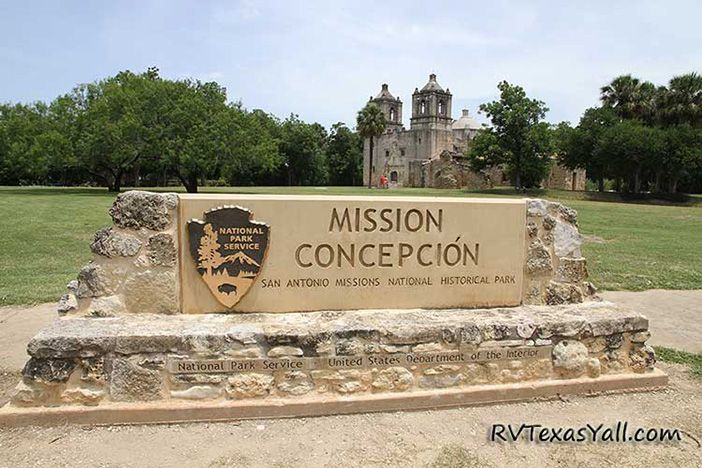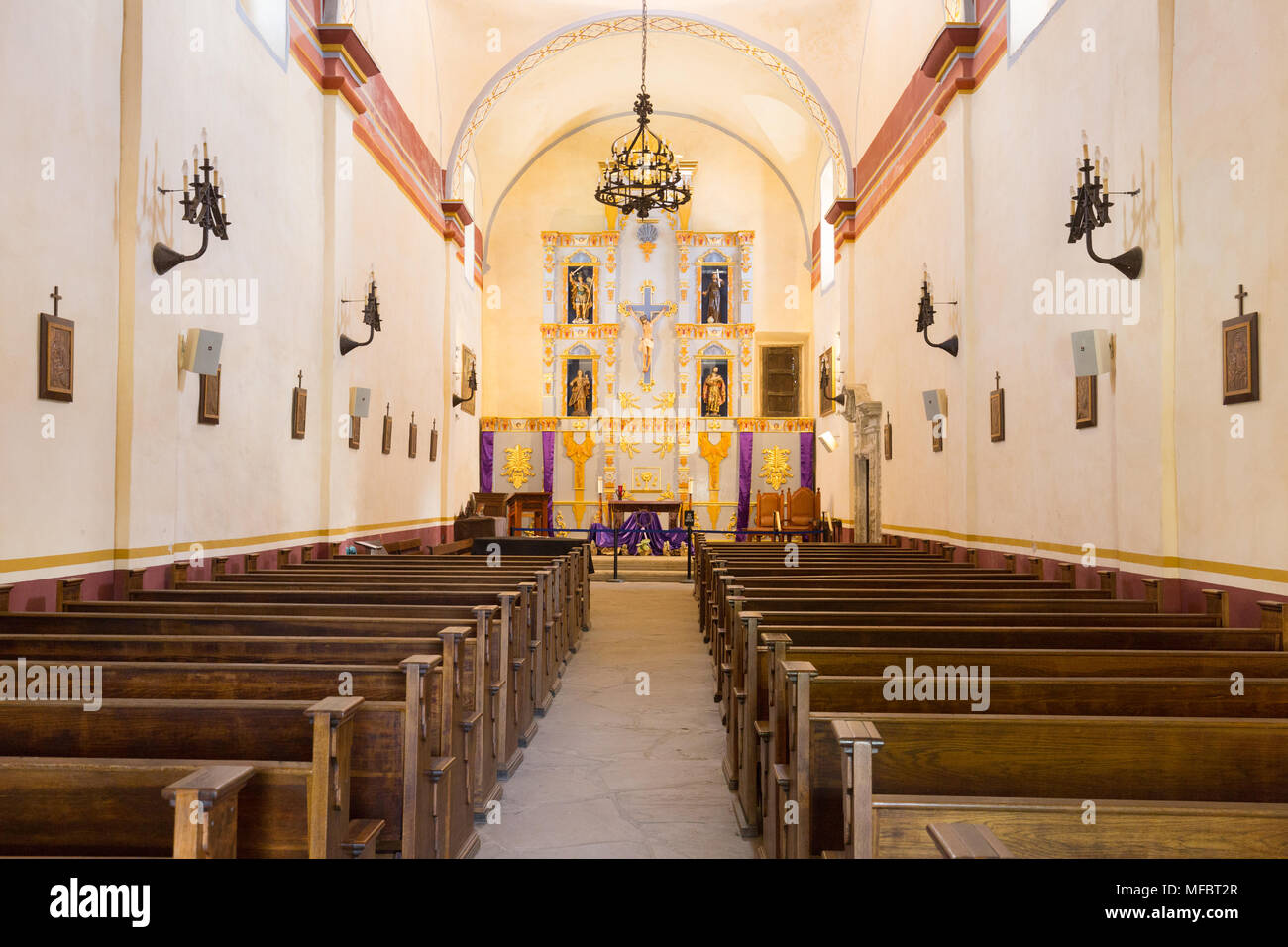Uncover the San Antonio Missions National Historical Park History: A Journey Via Time
Uncover the San Antonio Missions National Historical Park History: A Journey Via Time
Blog Article
Explore the Rich Background of San Antonio Missions National Historical Park: a Comprehensive Guide to Its Cultural Relevance and Conservation Initiatives
As we begin on a journey through the historic background of these goals, we uncover building marvels that have actually held up against the examination of time. Past the simple physical structures, each goal, significantly Goal Espada, lugs a profound social weight that reverberates deeply with those who explore its premises.
Historical History of San Antonio Missions
The roots of the historical history of the San Antonio Missions run deep, linking Spanish early american impact with indigenous societies in the South Texas area. Developed in the early 18th century, these objectives were started by Franciscan friars with the objective of spreading out Christianity and transforming the local native populaces. San Antonio Missions National Historical Park reviews. The Spanish Crown supported these missions as a way of solidifying control over the area and broadening their influence in the New World
The Spanish promoters played a substantial function in forming the social landscape of the area, introducing brand-new agricultural methods, architecture, and spiritual practices. The native areas, such as the Coahuiltecans and various other people, interacted with the Spanish inhabitants, causing a mixing of ideas and customs.
In time, the missions ended up being not only spiritual centers however likewise economic and social centers, bring in settlers from various histories. Today, the San Antonio Missions stand as a testimony to this intricate history, mirroring the withstanding legacy of Spanish colonialism and the durability of indigenous societies in South Texas.
Architectural Wonders of the Missions
Having actually laid the foundation of social exchange between Spanish promoters and indigenous communities, the building marvels of the San Antonio Missions exhibit a mix of European and aboriginal workmanship that continues to astound visitors. These objectives, including Objective San Jose, Goal Concepcion, Goal San Juan, Goal Espada, and the Alamo, showcase distinguishing characteristics such as elaborate facades, intricate carvings, vibrant frescoes, and sturdy stone wall surfaces. The Spanish Colonial style, defined by curved doorways, belfry, and roomy courtyards, reflects a harmonious combination of Spanish design aspects with aboriginal building methods.
Each goal within the San Antonio Missions National Historical Park tells an unique story via its style, showing the development of building and construction styles and cultural influences gradually. Site visitors can wonder at the skilled craftsmanship evident in the detailed stonework, hand-carved wood doors, and spiritual iconography adorning the interiors. These building masterpieces stand as long-lasting testimonies to the enduring heritage of the missions and the cultural heritage they represent.
Social Importance of Objective Espada
With its historic origins deeply linked with the indigenous societies of the region, Mission Espada stands as a symbol of cultural resilience and adaptation within the San Antonio Missions National Historical Park. Established in 1690, Objective Espada was established by Spanish Franciscans as a method to spread Christianity amongst the Coahuiltecan individuals while additionally acting as a facility for agriculture and industry. The goal's social relevance lies in its function as a conference factor in between European and Indigenous American traditions, leading to an one-of-a-kind mix of building styles, spiritual methods, and farming methods.
Mission Espada's iconic aqueduct, called "Acequia de Espada," is a testimony to the engineering skills of both Aboriginal and spanish peoples, showcasing their partnership in constructing vital rivers for watering functions. This unified combination of cultural impacts is more exemplified in the mission's elaborate carvings, vibrant frescoes, and religious events that remain to be practiced to today. As one of the oldest unrestored stone churches in America, Goal Espada stands as a living testament to the long-lasting heritage of cultural exchange and adaptation that defines the San Antonio Missions National Historical Park.
Conservation Obstacles and initiatives
Conservation in maintaining the historical integrity of Goal Espada encounters a myriad of complicated obstacles that need innovative options and specialized stewardship. As one of the five missions within the San Antonio Missions National Historic Park, Objective Espada faces conservation issues stemming from ecological factors, urban encroachment, and the recurring battle against all-natural damage. The delicate equilibrium in between preserving the original frameworks and making sure site visitor accessibility and safety requires thorough planning and implementation.
Efforts to protect Goal Espada include a multi-faceted method that consists of regular maintenance, structural analyses, and preservation jobs. Partnerships in between park authorities, historians, archaeologists, and neighborhood communities are essential in creating lasting preservation strategies. Challenges such as funding restraints, limited sources, and the requirement for specialized proficiency further make complex preservation initiatives.
Despite these challenges, the dedication to guarding Mission Espada's historic significance stays steadfast. Through continued research study, neighborhood involvement, and flexible preservation techniques, the conservation of Objective Espada stands as a testament to the dedication in the direction of securing our cultural heritage for future generations.
Area Interaction in Park Preservation

Among the main methods the park includes the area is with volunteer chances. Neighborhood have a peek at this site citizens can take part in conservation jobs, instructional programs, and special occasions, permitting them to contribute directly to the conservation of the park. This hands-on involvement not just profits the park in regards to additional sources and workforce but likewise creates a more powerful connection in between the park and the neighborhood itself.
Furthermore, the park frequently seeks input from regional stakeholders, including area groups, organizations, and federal government agencies, to make sure that preservation initiatives align with the requirements and worths of the bordering community. By engaging with the neighborhood population in these significant means, San Antonio Missions National Historic Park fosters a culture of preservation and sustainability that will certainly help preserve this cultural prize for future generations.
Verdict

Past the mere physical structures, each goal, significantly Mission Espada, lugs a profound cultural weight that resonates deeply with those that discover its premises. These objectives, including Mission San Jose, Goal Concepcion, Objective San Juan, Goal Espada, and the Alamo, display distinctive attributes such as elaborate facades, detailed makings, colorful frescoes, and strong stone wall surfaces.With its historic roots deeply linked with the aboriginal cultures of the area, Mission Espada stands as an icon of social strength and adjustment within the San Antonio Missions National Historical Park (San Antonio Missions National Historical Park history). As one of the oldest unrestored rock churches in America, Objective Espada stands as a living testimony to the long-lasting tradition of social exchange and adjustment that defines the San Antonio Missions National Historic Park

Please visit one of our local supporters- Brownstone Law San Antonio Appeals Attorneys
Report this page